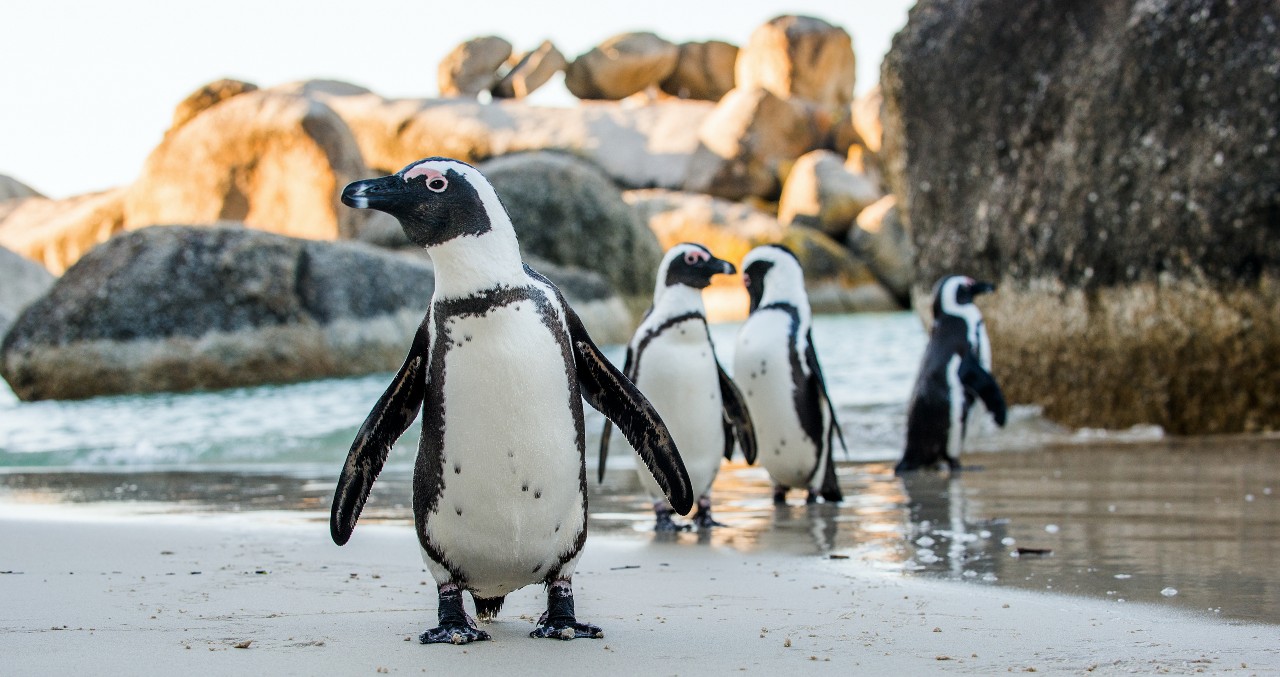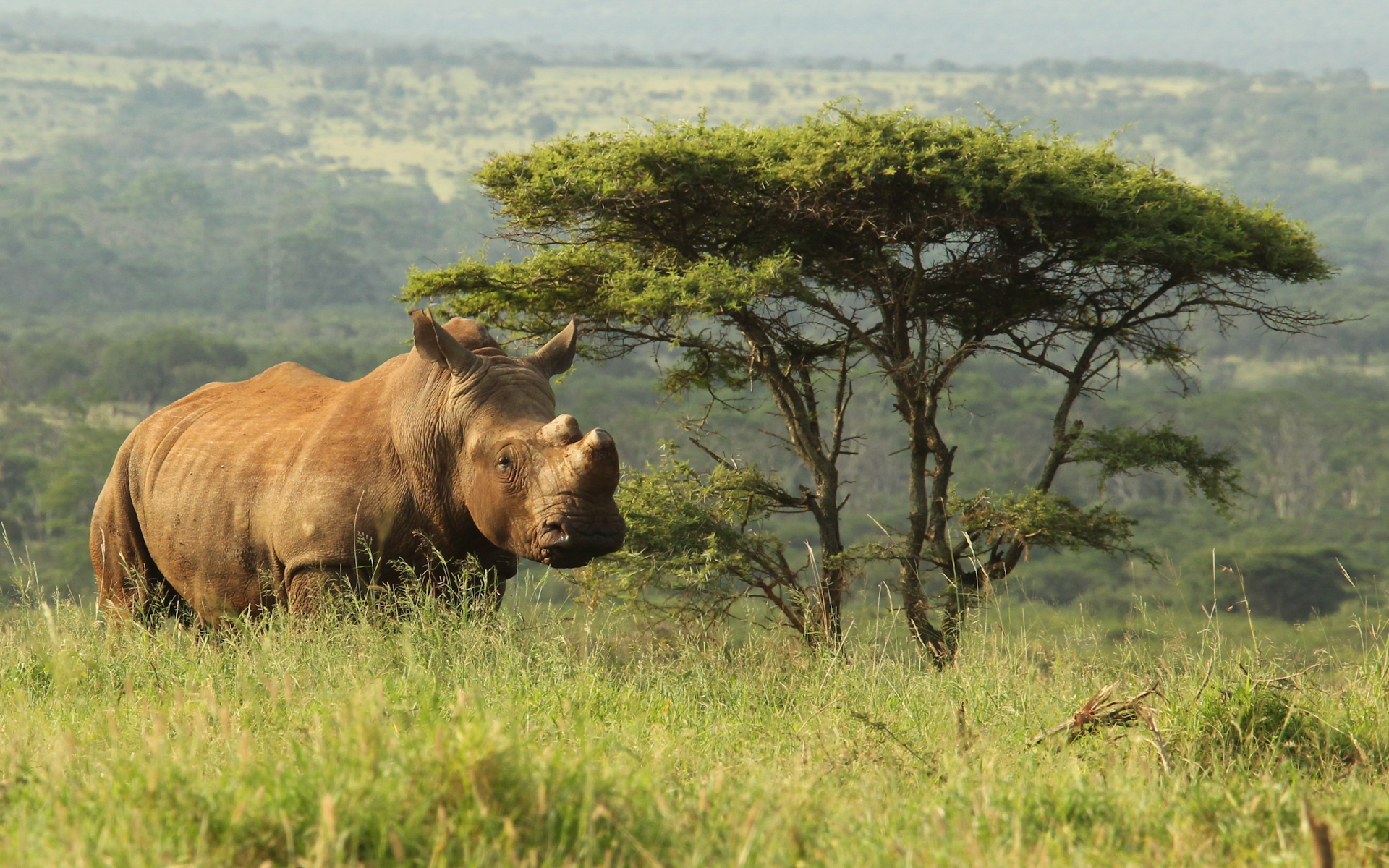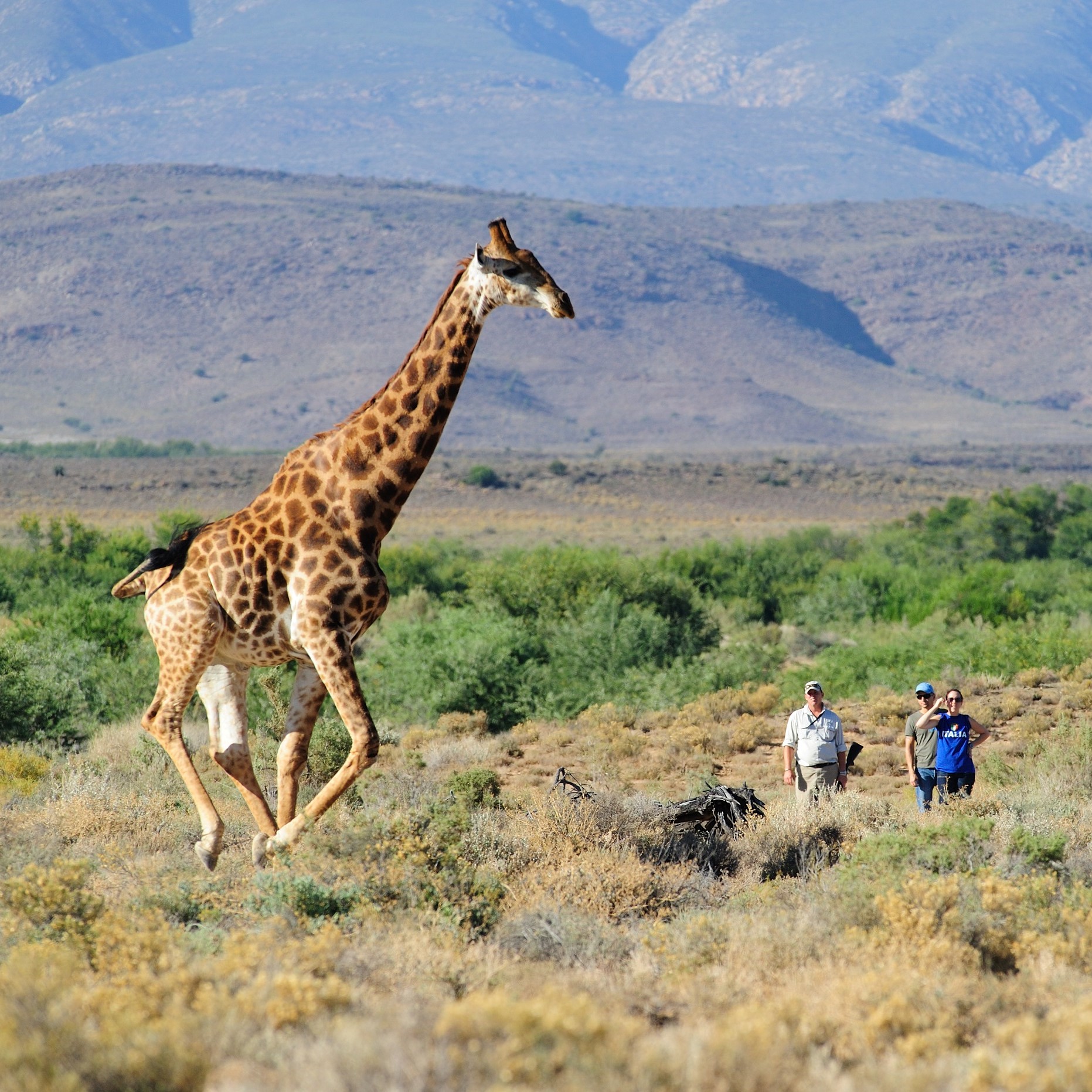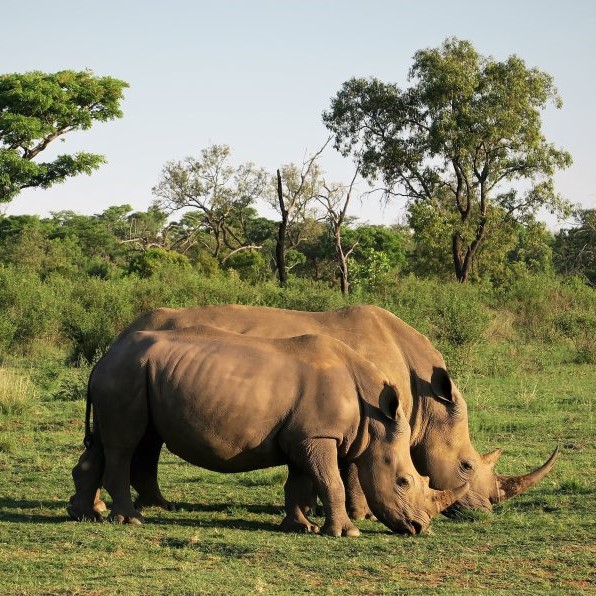Conservation – If you listen to some of the dramatic news articles you might believe that the terrifying man eating great white shark is lurking off the coast just waiting for a human to come by. But this couldn’t be further from the truth and should you have the privilege to witness this legendary apex predator in what is known as the world hotspot for sharks your perspective will be forever changed. And if Marine Dynamics Tours has their way, you will become an ambassador for the great white shark.

Marine Dynamics Tours, owned by conservationist Wilfred Chivell, does shark cage diving in Gansbaai and recently won the African Responsible Tourism Award at WTM Africa 2015. Competing with conservation work that focused on only terrestrial animals, the awards help highlight the plight of the iconic but much misunderstood great white shark. Marine Dynamics would like to believe that the great white shark is the true winner. Change of public perception is key to the survival of the species.
In 2005, owner Wilfred built on the success of his whale watching company Dyer Island Cruises when he bought an existing shark cage diving company, Marine Dynamics. As the years have progressed Wilfred has changed the way the industry works and the scientific research that is being conducted is invaluable in understanding the species and being able to affect conservation decisions. “The DyerIsland ecosystem is unique and fragile and it is our priority to ensure the marine life in the area flourish and remain for many years to come,” says Wilfred.
“The DyerIsland ecosystem is unique and fragile and it is our priority to ensure the marine life in the area flourish and remain for many years to come,”
Wilfred established the Dyer Island Conservation Trust (DICT) in 2006 in order to support daily fundraising of the endangered African penguin nest project and then soon after incorporated shark research. Marine Dynamics contributes approx. R1 million towards the support of research and conservation. This is measured in various ways: direct financial support; equipment and logistical support; complimentary trips to key people that ultimately benefits the conservation trust; time spent on rescues/research/trust issues. Marine Dynamics strengths lie in leadership, partnerships and the creation of a sustainable business model that benefits conservation objectives. Marine Dynamics has an on board marine biologist and passionate crew who educate clients every day thereby changing any negative perceptions of great white sharks. Clients can also support the shark research which is a direct translation into action and a good measurable for the company of the resulting swell of support toward the conservation of the great white shark.
Marine Dynamics and DICT operate a dedicated research boat that is instrumental for research. Activities include tagging and tracking of great white sharks, behavioural surveys, environmental parameter monitoring (oxygen, salinity, temperature, depth, water sampling) and assistance with strandings and rescues. In addition, all commercial trips have a marine scientist on board – research activities on boards these trips include photo fin identification, recording of shark GPS positions and biometrics (size, location etc.) and any unusual abnormalities or behaviour of the sharks.
Three Master’s student’s studies have been supported through the business model – Alison Towner, Oliver Jewell and Michelle Jewell (nee Wcisel). Alison Towner, resident biologist for eight years is doing her PhD examining the relationship between cage diving and behaviour of white sharks in control and cage dive designated zones, using a suite of telemetry and passive tracking equipment to follow them through their different life history phases. Other international students have or are being supported in studies that include: parasites on white sharks, personality of the species, ecology of white sharks, assessing the presence of persistent organic pollutants (POPs) and their effects on white shark reproductive health, using non-lethal techniques to get samples such as tissue biopsies.

Some critically important research has come from the company’s marine biologists but the population study of great white sharks must be highlighted. The world population of great white sharks is unknown with estimates ranging from 3000 to 12000 – these figures are contested by scientists worldwide but even at 12000 that is a very small population. The numbers of sharks found in the Gansbaai area was only half of what was previously assumed to be in the area, this after a long term study of photo ID’s of shark fins was assimilated. The team used a software programme called Darwin (usually used for dolphin fin identification) and from this were able to identify 532 individuals suggesting perhaps an estimated 808 to 1008 sharks that come through the area – based on an open population size estimate.
Some critically important research has come from the company’s marine biologists but the population study of great white sharks must be highlighted
This study was a first for the area and for South Africa and crucial in establishing a national database and driving conservation decisions at a government level, as is all research DICT enters into. The great white shark reaches sexual maturity late (approx 20years) so is a slow breeding species. The great white shark is listed on IUCN as vulnerable but should possibly and most likely be considered endangered. Marine Dynamics opposed the decision of the Western Australian Government to cull sharks sending a letter of opposition to Hon Colin J Barnett and his council and participated at an anti-culling protest in Cape Town. DICT is concerned about the loss of many of our shark species including white sharks along our own coastline.
Marine Dynamics was the first company in South Africa to use only fish products in chumming practices while others continued to use shark livers. Although not illegal at the time, Wilfred found this practice to be highly unethical – using one shark species to attract another shark. This has been instrumental in bringing about changes in permit conditions and following an exposé in 2012 of this practice, all operators were no longer allowed to use shark products for chumming.
Marine Dynamics partners with tour operators and others in the tourism industry that value the work we do. As Wilfred says; “Our motto is Your Choice Makes a Difference’’.
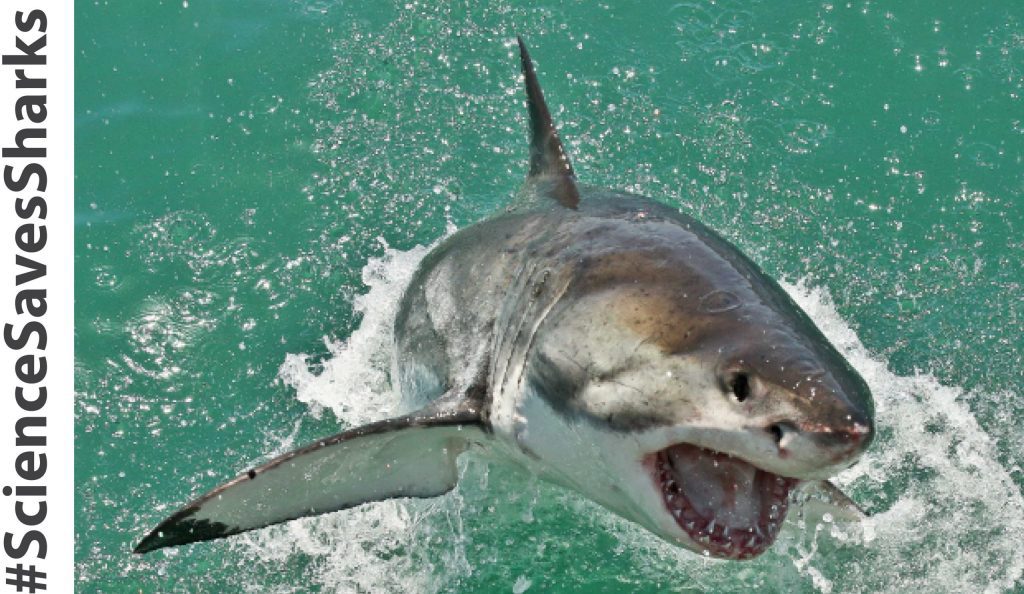
Highlights of Great White Shark Research 2010-2015
- A humpback dolphin was bitten by a white shark and was photographed in Gansbaai in August 2006.The first documented interaction and potential predatory shark attack on any cetacean species in Gansbaai, and is evidence that large great white sharks may opportunistically hunt humpback dolphins in this region of South Africa.
- DICT biologists reviewed photographic data of white sharks previously SPOT tagged during an expedition in Gansbaai in 2004. Photos of resighted sharks indicated that bolted on satellite tags known as SPOT tags caused permanent damage if they remained on the shark longer than 24 months.
- In 2009 a white shark was traumatically injured by a boat in Gansbaai. The healing process was documented with photographs and video by DICT biologists and revealed extremely rapid healing in the species and no long term effect on the behaviour.
- Jewell et al. used acoustic tagging data and explored white shark movements in Mossel BaySouth Africa. Tracking analysis revealed that larger white sharks are more selective and refined in the habitats they use, than smaller sharks. Spatially restricted management strategies would aid enforcement of current protective legislation for the white shark in similar environments of limited resources and capacity.
- DICT biologists performed population models on photographs taken over five years in Gansbaai of white shark fins. Their results found between 808-1008 white sharks may comprise the regional population, almost half as many as previously reported
- Towner et al. 2013 investigated the effects of environmental parameters on the numbers and sexual composition of white sharks visiting Gansbaai over a five year period. This was a published chapter of her MSc thesis through the university of Cape Town and DICT. Warmer waters and climatic phase showed significant effects on numbers of sharks with females favouring warm and males cooler waters. The findings of this study could contribute to bather safety programmes because the incorporation of environmental parameters into predictive models may help identify times and localities of higher risk to bathers and help mitigate human white shark interactions.
- DICT biologists collected and analysed manual tracking datasets from five sharks at Dyer Island which Jewell used for his MSc with university of Pretoria and DICT. The results of the study were published and identified important core habitats used by white sharks at Dyer Island. It showed significantly different habitat use and movement patterns between white sharks in Mossel Bay and Dyer Island.
- Chapple et al. and DICT biologists tested a new design of camera and tag which minimizes attachment damage and captures more data on swimming speed and behavior than standard bio loggers.
- In 2012, MD and DICT worked with Ocearch and other South African scientists involved in satellite tagging of great white sharks. This data has revealed incredible distances and areas travelled to and is supporting our local research as this data is available for five years.
- Wcisel et al looked at the role of refugia around the Dyer island ecosystem in structuring the predator prey relationship between white sharks and Cape fur seals.
- Creatively the team uses infographics to make crucial studies more accessible to a wider audience.
www.sharkwatchsa.com / www.dict.org.za




